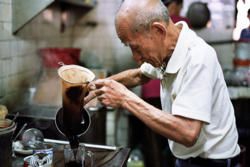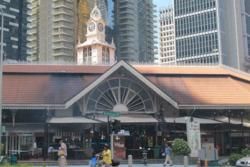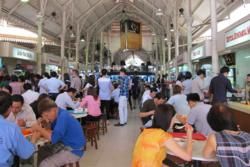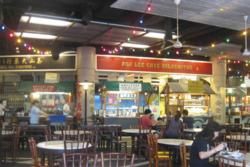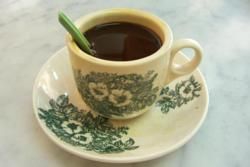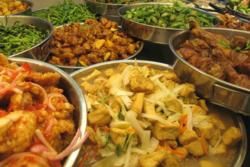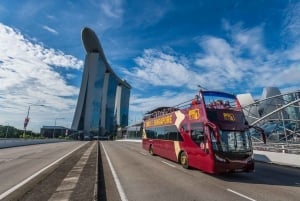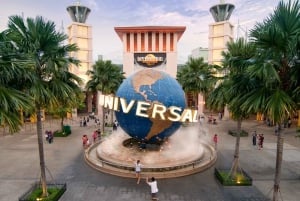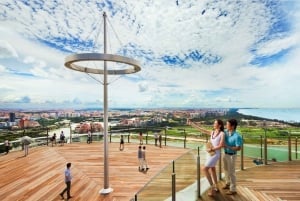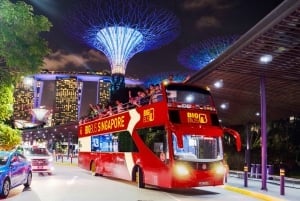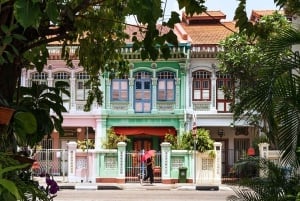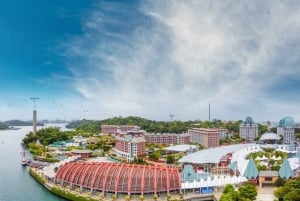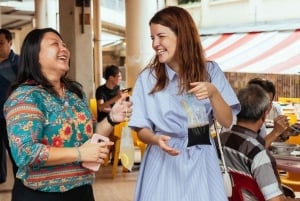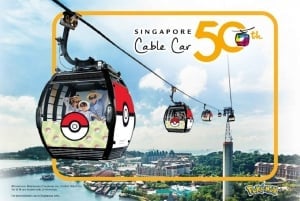Where locals eat
Food Courts, Hawker Centres and Coffee Shops - these are the places where locals eat!
Compared with their overseas counterparts, Singaporeans dine out quite a lot. On weekdays, it is not at all unusual for an average young Singaporean household to consume all three meals outside the home. Owing to the 50-hour work weeks typical in this part of the world, home-cooked food is the exception, rather than the norm. Before you start wondering about the average Singaporean’s GDP, you should know that most of this dining out is done at food courts, hawker centres and coffee shops, rather than in restaurants or fast-food outlets. Not familiar with these three mainstays of Singaporean dining? Read on!
Food Courts
A food court is a food outlet, which features a collection of stalls, in a comfortable (relatively speaking) environment. More often than not, food courts are located in shopping malls – though in recent times, similar outlets situated in neighbourhood centres have begun being referred to as food courts, too. Within the food court are many stalls, serving the varied local foods favoured by the region’s many races and religions. A food court is usually different from a hawker centre in that they have just one or at most two drink stalls, usually run by the food stall operator- since they are the most lucrative.
Popular food court operators in Singapore include Kopitiam, Koufu and Food Republic. Franchises such as Loy Kee Chicken Rice, Koo Kee Yong Tau Hu and Qiu Lian Ban Mian are staples of Singapore’s food courts.
Food courts are found in virtually every shopping mall in Singapore, from neighbourhood malls to up-market joints in Orchard Road. Some shopping centres even have more than one food court, testifying to their popularity among Singaporeans. Be forewarned, though: If you head for a food court around lunch time, you should be prepared to wait for a seat. And if you should see a packet of tissue on a table, that’s not part of the food court operator’s value-added services; it means someone has reserved the table!
Hawker Centres
The term "hawker centre" is a bit of an oxymoron, when you considering that a "hawker" is someone who travels about selling his wares, and "centre" refers to a place of convergence. A possible faux pas in their naming aside, hawker centres are an integral part of the Singaporean dining landscape. In simple terms, hawker centres are sheltered but non-air-conditioned areas where different "hawkers" operate stalls; patrons can order freely from any stall. Though many of the early hawker centres were smoky, sweaty, oily affairs, they were much beloved by locals for their wide selections of relatively affordable good food. In recent years, most of the early hawker centres have been renovated and refurbished, to offer a more comfortable eating environment. Still, they are seldom air-conditioned.
The quickest way to identify the stalls with the best food in a given hawker centre is by the length of their queues. Singaporeans love their food, and think nothing of standing in line for an hour to get their favorite dish. If you can’t wait, it’s your loss – and the next guy will happily take the place you vacate.
Almost every hawker centre serves up the ubiquitous chicken rice, roti prata, fishball noodles and chai tao kuey in some form or fashion. Some hawker centres offer more exotic dishes, though: crayfish hor fun (Hong Lim Center), turtle soup (Aljunied Crescent) and lok-lok (Old Airport Road Food Centre), to name a few. If you want authentic local food, forget swanky, up-market joints. You’ll find some of the very best examples of authentic local cuisine in the older hawker centres such as Lau Pa Sat (Raffles Quay), Adam Road Hawker Centre (Adam Road), Old Airport Road Food Centre (Old Airport Road), and Maxwell Road Hawker Centre (South Bridge Road).
Coffee Shop
No, this doesn’t mean Starbucks or Gloria Jean. In fact, if you go to a coffee shop and ask for a cup of espresso or an Americano, all you’re likely to get is a bewildered look-o. More probably, the only coffee choices you will find will be kopi, kopi-c, kopi-o or kopi-peng.
In Singapore, coffee shops are eateries located in residential areas, or neighbourhood shop houses. Unlike hawker centres and food courts, coffee shops do not usually have many stalls – ordinarily just one, or up to about ten. Similar to hawker centres, however, coffee shops are a good source of r authentic regional cuisine – especially for the local cze char.
If you have been to any housing estate in the area, you will probably have seen a coffee shop. Opening early in the morning and closing late at night (if at all), coffee shops ably serve the day-to-day gastronomic needs of the locals. In fact, many residents have a coffee shop located right below their flats!


